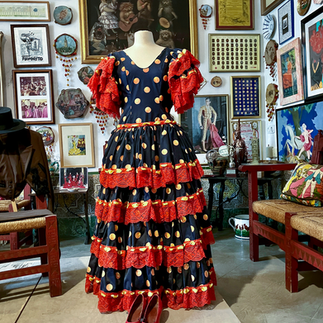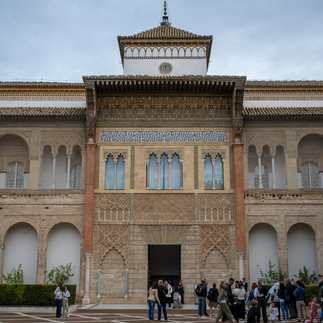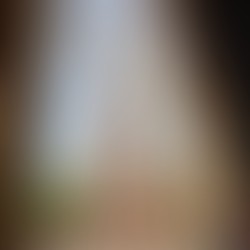Sevilla, España: October 29 - November 1, 2023
- Cecilia Clark
- Dec 11, 2023
- 3 min read
Updated: Dec 19, 2023
We arrived in Seville, thanks to GPS, without any issues. At the hotel we handed our car keys to a hotel employee and that was the last we saw of it for four days. We walked everywhere. After checking in we met up with a previously arranged evening food and wine tour with a great guide. We stopped in at 5 or 6 restaurants/bodegas for food pairings, wine, and their histories. We drank Jerez (Sherry) wines that originate from one of the six dominations of origin (D.O.) in Andalusia. It was a good way to orient ourselves to the old city and to the food.
The next morning we began sightseeing with Palacio de las Dueñas, a noble residence, and home to the 19th Duke of Alba. The structures which date from at least the late 15th century passed into the House of Alba in 1612. The 18th Duke of Alba and his daughter Doña Cayetana made the decision to open the palace to the public and preserve the family heritage. It does feel like you are walking into a family residence albeit one with exquisite antique furnishings, fine art, a flamenco stage, and a poster room. It is both historic and personal.
Palacio de las Dueñas was the calmest site we visited. The gardens are shady and the site has free Wifi and an App with great info about the Palace, its contents, and its history so you can walk at your own pace or just sit awhile.
The history of the earth beneath the Royal Alcázar de Sevilla extends back to at least the 10th century with the construction of an Islamic-era citadel. In the 11th century the citadel was expanded into a palace. After the Christian conquest in 1248 the palace was sequentially rebuilt and expanded. The current palace in Mudéjar-style (Islamic derived decorative elements) was built by Pedro I during the 1360s. The design includes Gothic and Renaissance elements. Although the palace is owned by the government and is a UNESCO World Heritage Site, the royal family occupies the upper stories when they are in the city. The palace with its many patterns on the floors, walls, and ceilings is lovely.
We were enjoying an orange Sangria in a park across from Plaza de España when we noticed giant bubbles riding the air currents. The bubbles were created by a children's activity in the middle of the Plaza de España.
Plaza de España was built in 1928 for the Ibero-American Exposition of 1929. Like Alcazar Palace, the style of Spanish architecture is a mix of Baroque, Renaissance Revival and Moorish Revival elements. Within the half-circle of the plaza are tiled alcoves each representing a different province of Spain and providing a good photo background for those who find their home province. It is a great place to visit and people watch. We watched flamenco dancers on one side and listened to a musician playing Leonard Cohen songs in the grand stairway.
There is quite a lot of activity along Seville's Guadalquivir river: bicyclists, walkers, kayakers, and rowers in training. The Guadalquiver ("the big river" in Arabic) is both the second longest river within Spain and the only major navigable river in Spain. This is where a replica of the Nao Victoria is docked. The original Nao Victoria left Seville via the Guadalquiver in 1519 and returned three years later after completing the first ever circumnavigation of the globe. The replica was built in 1991 for the 1992 World's Fair.
When the Nao Victoria (Nao refers to the kind of boat) crewed by 45 men set sail from Seville in 1519, it was one of five boats headed out on an attempt to circumnavigate the world. The fleet commanded by Hernando de Magellan (Magallanes in Portuguese and Spanish) headed west to find a new Westbound route to the Spice Islands (present day Indonesia). Magellan and many of the original 245 men perished during the three-year journey. Magellan died before reaching the Philippines. Juan Sebastian Elcano assumed command and gathered 17 exhausted crew members. With this diminished crew, the Nao Victoria was the only one of the five ships that returned to Seville on September 8, 1522.
The interesting Museum of Nao Victoria and the circumnavigation is just a few feet away from the replica. One of the many significant discoveries was the Strait that connects the Atlantic and Pacific Oceans aptly named Strait of Magellan.
Among the many things brought back to Seville were the folding fans and shawls used by flamenco dancers. Both items would have originated in China, but came to Spain from the Philippines.
When the grateful 18 crew members arrived in Seville in 1522, they went to pray before the image of Santa Maria de la Antigua in the Cathedral of Seville. There is a plaque attesting to that event at the cathedral.



































































Comentários